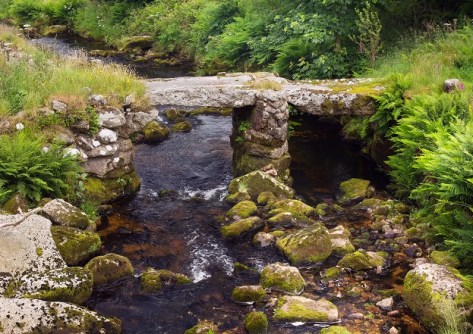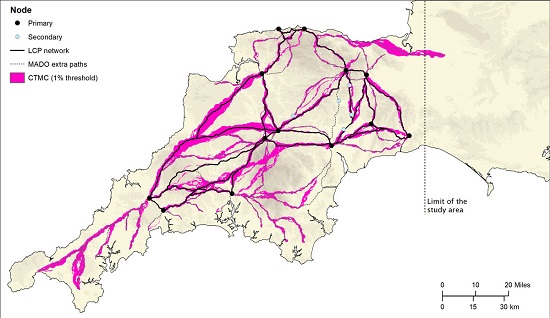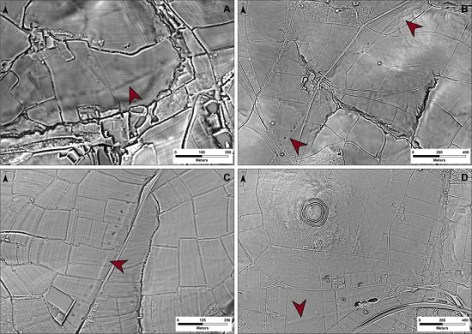
A Roman road network that spanned Devon and Cornwall in the UK and connected significant settlements with military forts across the two counties, as well as wider Britannia, has been discovered.
Archaeologists at the University of Exeter have used laser scans collected as part of the Environment Agency’s National LiDAR Programme to identify new sections of road west of the previously understood boundary.
The research was led by Dr Christopher Smart and Dr João Fonte, specialists in landscape archaeology and the heritage of the Roman Empire, in Exeter’s Department of Archaeology and History. Dr César Parcero Oubiña, from the Institute of Heritage Sciences, Spanish National Research Council in Spain, specialist in geospatial technologies applied to archaeology, led the modelling of the road network.
“Despite more than 70 years of scholarship, published maps of the Roman road network in southern Britain have remained largely unchanged and all are consistent in showing that west of Exeter, Roman Isca, there was little solid evidence for a system of long-distance roads,” Dr Smart said. “But the recent availability of seamless LiDAR coverage for Britain has provided the means to transform our understanding of the Roman road network that developed within the province, and nowhere more so than in the far southwestern counties, in the territory of the Dumnonii.”
The National LiDAR Programme was conducted between 2016 and 2022 by the UK Environment Agency, covering the whole of England, and the data was made available via the DEFRA Data Services Platform. It transformed the amount of terrain mapped of Devon and Cornwall, which had previously stood at just 11%. The Exeter team, working with public volunteers, and funded by the National Lottery Heritage Fund as part of the Digital Skills for Heritage initiative, studied the scans and together, they were able to map around 100 km of additional roads.

Although this represented a significant advancement, the overall picture remained fragmented and patchy, with large portions of the map showing no evidence of Roman roads. So, the team developed a GIS predictive model, which could intelligently fill in the gaps as to the likely layout of the network.
Using an approach based upon Least Cost Paths — the optimal connections between two or more points — and other methods, such as focal mobility networks and transit corridors, the team began to plot primary and secondary ‘nodes’ across the two counties, including military fortifications. They then calculated the easiest routes between these points. And when the team returned to the LiDAR scans, they were able to identify a further 13 kilometres of Roman road within a short distance predicted by the model.
The final stage saw the researchers use focal mobility networks and transit corridors to extend the road network to areas that lay beyond the main Roman sites known in the region, suggesting some secondary or tertiary routes alternative to the single best optimal path in the process. This established a number of new ‘terminal points’, particularly in the far west of Cornwall and along its south coast.

“In terms of chronology, it is likely that the proposed network is an amalgam of pre-existing Prehistoric routeways, Roman military campaign roads or ‘tactical roads’ formally adopted into the provincial communications system, and of those constructed during peacetime in a wholly civilian context,” says Dr Fonte.
The research concludes that the main rationale for the network was to facilitate animal-drawn vehicles and circumvent those areas where flooding was possible. It could also influence, say the authors, future archaeological research in the region.
The findings are reported in Remote Sensing and GIS Modelling of Roman Roads in South West Britain, which has been published in the Journal of Computer Applications in Archaeology.
Information and images courtesy of the University of Exeter.







